4 kinds of urban agriculture which are already shaping tomorrow’s city
Urban plants manager Guillaume Morel lists the main points in the evolution of urban agriculture and the opportunities it creates for landscapers.

At Paysalia 2021, Guillaume Morel Chevillet enthusiastically told visitors that “urban agriculture is no longer just a yuppie dream.” At a conference at the trade show, the Astredhor urban plants manager listed in detail the main points in the evolution of urban agriculture and the opportunities they create for landscapers. We summarize them below.
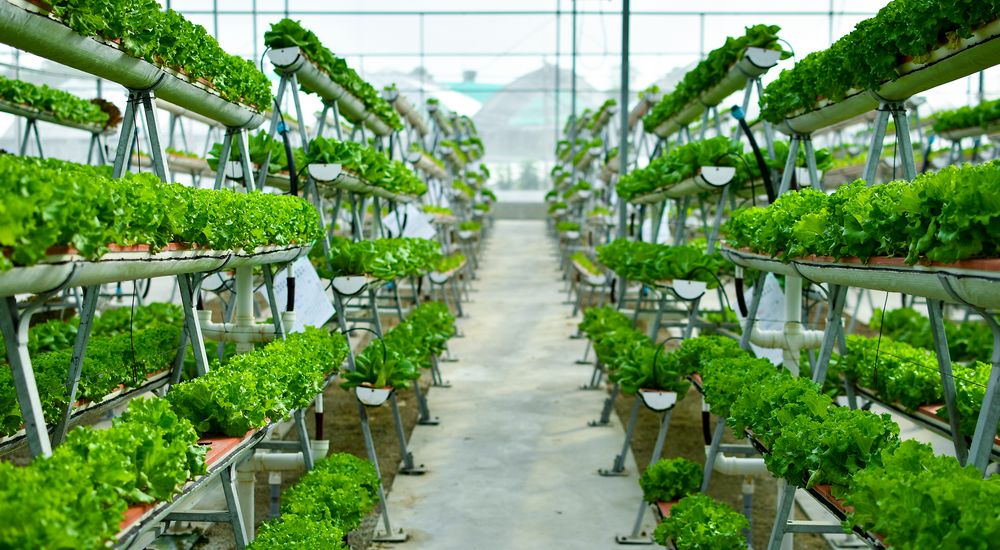
© Photo credit: mustbeyou / Adobe Stock
When urban agriculture gets organized
No town or city in France has escaped this trend. From shared gardens to rooftop kitchen gardens, classic planters on balconies more or less successfully home to lettuces and herbs, cities are becoming edible. Under trees, on balconies, in basements, on river banks… every unused space is potentially usable to bring nature back downtown.
Urban agriculture meets social and production challenges as it can provide healthy, local food for urban residents. The concept is supported by a wide range of structures, from the smallest personal crop to suburban farms, creating “edible landscapes.”
Edible landscapes grow in 4 dimensions
1. Urban agriculture in private homes
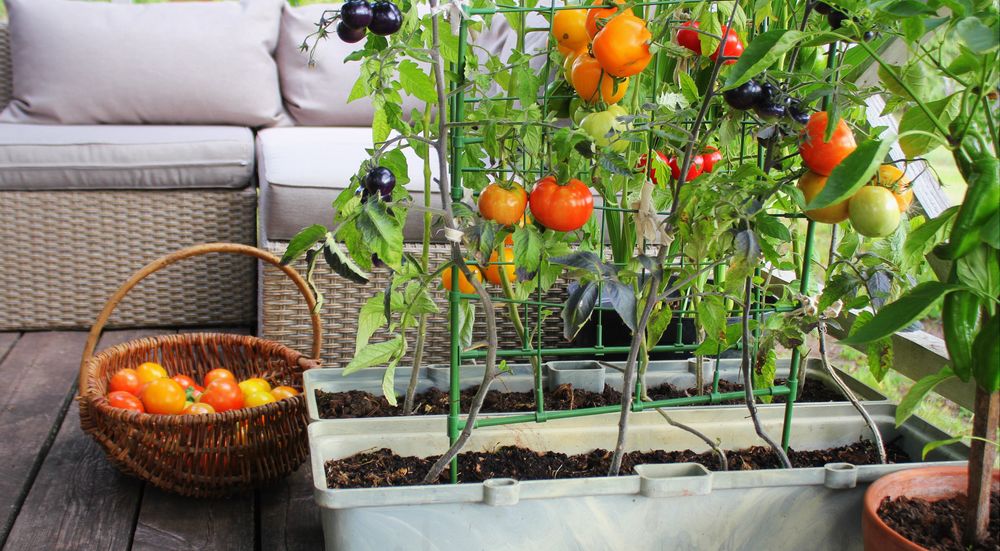
© Photo credit: vaivirga / Adobe Stock
Not very green, dominated by buildings, French city of Marseille nevertheless symbolizes the quintessence of urban agriculture on an individual level. If the city’s public spaces lack vegetation, private spaces abound with micro-oases of greenery!
Several companies are already active in this niche market. Good examples are MyFood and its innovative connected greenhouses, Topager and its services for the creation of edible urban gardens, Vertika and its vertical composting gardens and Agrove’s application which helps with the creation of shared gardens.
The growth of urban gardens is also social, with knowledge-sharing organized by local authorities and associations. More and more urban residents who do not have their own gardens want to look after other people’s – provided, of course, they reap the benefits!
2. Urban agriculture in public spaces and collectivities
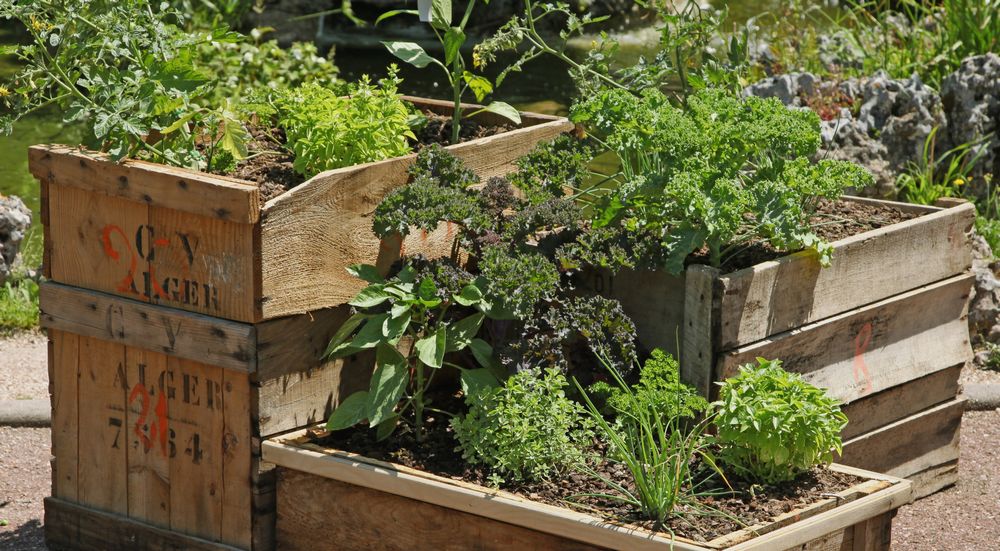
© Photo credit: hcast / Adobe Stock
This kind of urban farming is the most common and usually carried out by professional landscapers. Demanded by protest movements, this alternative which gave birth to guerilla gardening and guerilla grafting is now tolerated and even encouraged by public authorities – Permis de Végétaliser in Paris, Visa Vert in Marseille…
What’s new is that suppliers and landscaping companies are often asked to execute these projects, profiting from the French government’s keen interest for urban vegetalization. In Nanterre, the Vive Les Groues project has transformed a wasteland abandoned for 10 years into a green space, housing in particular a horticultural seedbed.
3. Urban agriculture in urban farms
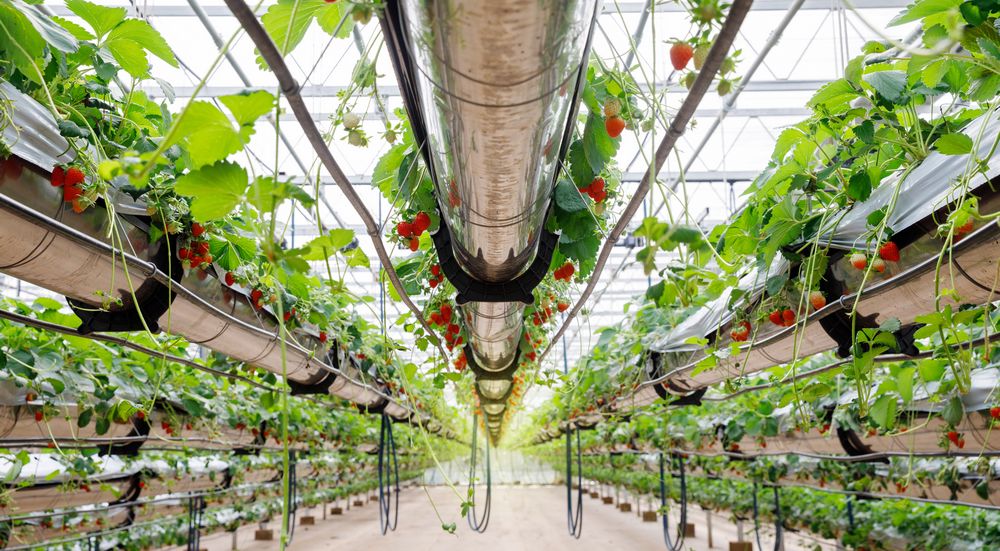
© Photo credit: DN6 / Adobe Stock
This somewhat utopian model still has difficulty in finding a profitable business plan - and for a very good reason – it uses state-of-the-art technologies that few local authorities can afford, and few companies understand like vertical towers, aquaponics, geodesic domes and rooftop farms!
The projects that do succeed all have one thing in common – they are multipurpose, where the spaces used change into open sky garden centers, local markets, teaching workshops and show stadia. All these projects need powerful motivation and assistance from several backers. But the results can be impressive like Greensgrow Farm in Philadelphia or the Paysan Urbain in Marseille.
4. Urban agriculture on a regional scale
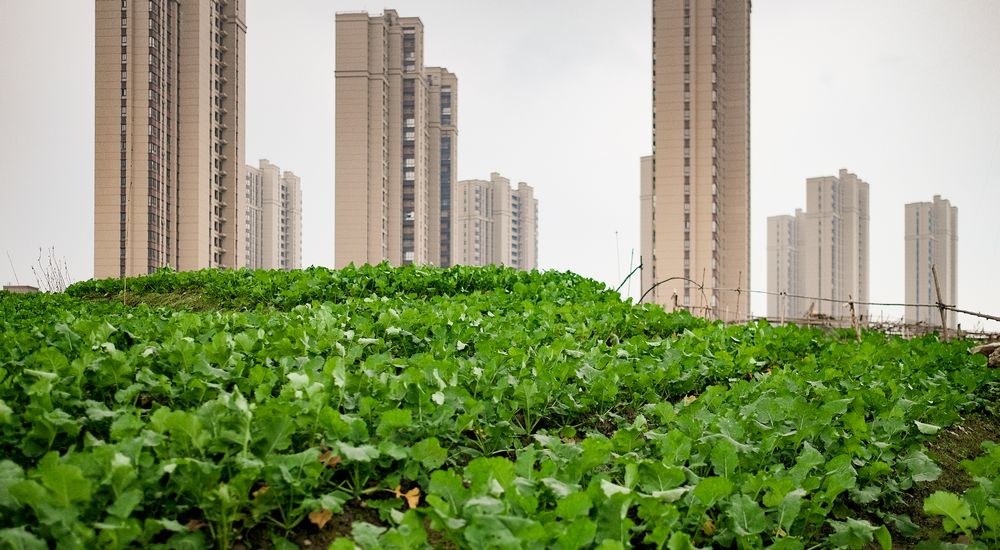
© Photo credit: yashabaker / Adobe Stock
Still not very obvious, urban agriculture on this scale is nevertheless the answer to a fundamental challenge and can even redefine farming.
In the Doulon Gohards region in Nantes, France, what was 180 hectares of market-gardens is now a new district combining urban agriculture, natural spaces, housing and services. Financed by the government, this project will in the future house four urban farms - a way to perpetuate the local heritage by attracting new farmers, who will innovate and cultivate the land differently.
Urban agriculture has a host of benefits. It can even contribute to saving dying cities! Landscapers have everything to gain by getting into this market and using their expertise to resolve urban agriculture’s technical and societal obstacles.

